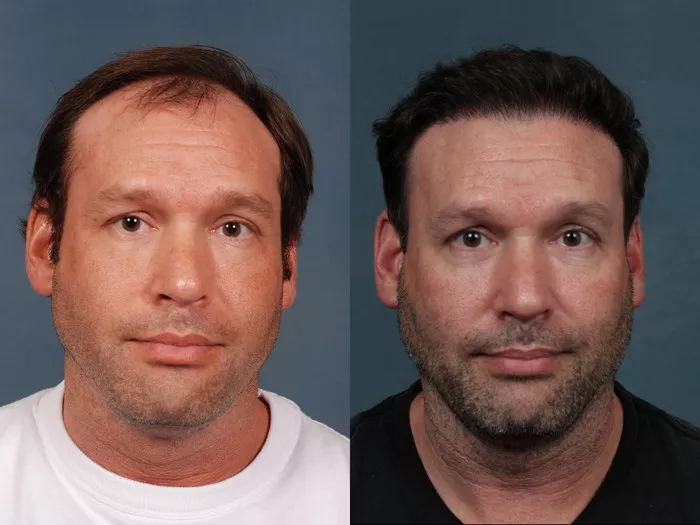A hair transplant can be a transformative journey for those seeking to regain a fuller head of hair. However, one common question that arises is, “How long does it take to look normal after a hair transplant?” This query is rooted in the desire to understand the timeline and recovery process associated with this procedure. In this comprehensive guide, we will delve into the stages of post-transplant appearance, shedding light on when you can expect to enjoy a natural-looking head of hair once more.
1. The Initial Days: Post-Hair Transplant Appearance
In the immediate aftermath of a hair transplant, it’s crucial to set realistic expectations:
a. Redness and Swelling: It’s common to experience some redness and swelling in the treated area. This is a natural part of the healing process and typically subsides within a few days.
b. Tiny Scabs: Small scabs may form around the transplanted hair follicles. These will gradually fall off as the healing process progresses.
See Also: [Reveal!] Can You Get a Hair Transplant Without Anyone Knowing
2. The ‘Ugly Duckling’ Phase
Around two to three weeks after a hair transplant, many patients enter what’s often referred to as the ‘ugly duckling’ phase:
a. Shock Loss: Some of the transplanted hair may fall out during this phase, known as ‘shock loss.’ This is temporary and should not cause concern, as the hair will regrow in the coming months.
b. Limited Growth: New hair growth may not be immediately visible during this phase, and the scalp may appear sparse.
3. Month 3 to 6: Emerging Progress
By the third to sixth month post-transplant, patients typically start to notice more promising changes:
a. Hair Growth: The transplanted hair begins to regrow, becoming more visible and contributing to a denser appearance.
b. Coverage Improvement: While not yet at its full potential, the coverage in the treated area improves noticeably.
4. The 12-Month Milestone: A Significant Transformation
Around the one-year mark following a hair transplant, patients often experience a substantial transformation:
a. Natural-Looking Hair: The transplanted hair blends seamlessly with the existing hair, creating a natural appearance.
b. Fuller Results: The hair becomes thicker and denser, providing a significant enhancement compared to earlier stages.
5. Patience and Maintenance
It’s essential to emphasize that patience is key throughout this process:
a. Ongoing Maintenance: To maintain the results of a hair transplant, continued care and, in some cases, additional treatments may be necessary.
b. Individual Variability: The rate of growth and the final result can vary from person to person. Some individuals may experience faster or slower progress.
See Also: Can I Lift Weights After Hair Transplant: A Quick Guide
6. Final Thoughts: A Long-Term Investment in Confidence
A hair transplant is not a quick fix but a long-term investment in your confidence and appearance:
a. Permanent Results: The transplanted hair is typically permanent and should continue to grow naturally over time.
b. Consultation with a Specialist: To better understand your specific case and timeline, it’s essential to consult with a skilled hair transplant specialist who can provide personalized guidance.
See Also: [Revealed!] Can I Wear a Surgical Cap After a Hair Transplant?
Conclusion
The journey to looking normal after a hair transplant involves several stages, each with its own unique appearance and characteristics. While immediate post-transplant redness and swelling are common, the ‘ugly duckling’ phase around weeks two to three may present temporary hair loss. By the third to sixth month, new hair growth becomes more evident, and at the one-year mark, the results are often impressive. However, individual experiences may vary, emphasizing the importance of patience and continued maintenance. A hair transplant is a long-term investment in your confidence and appearance, and understanding the timeline helps set realistic expectations on the path to a natural look that boosts self-esteem.


